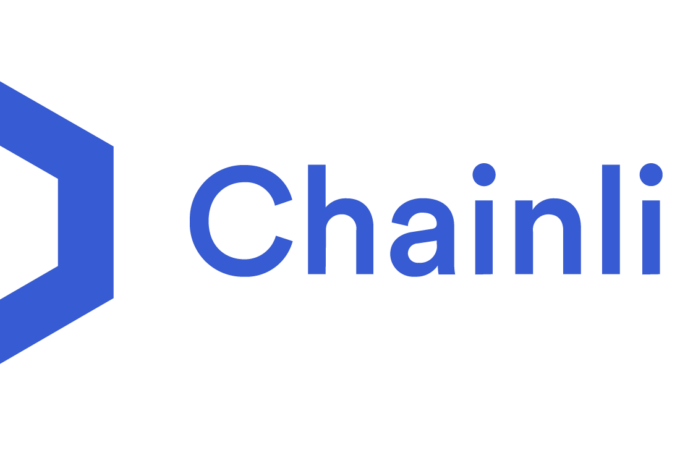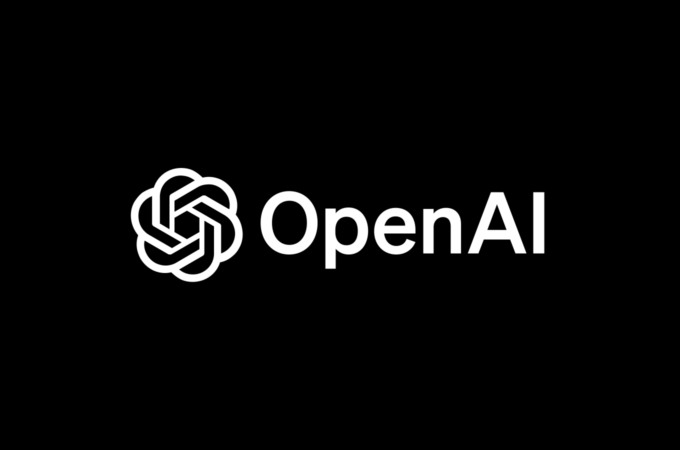
How To Implement SASE For Your Business
The new business trends require businesses to adopt many new technologies. SASE, Secure Access Service Edge, is a key aspect of embracing so many of these new technologies. Businesses no longer have to be concerned about having a network that is too inflexible and unchanging, or security measures that are overly centered on a data center, thanks to SASE.
Before we learn how to implement SASE for a business, we need to have SASE explained in simple terms so that its aim and definition are clear.
What is SASE?
SASE is a network architecture that combines WAN (wide area network) capabilities with cloud-native security services. The final result is a dynamic, adaptable, and secure network architecture capable of delivering the performance required for today’s applications and resources deployed across public, private, and hybrid clouds.
Rather than focusing the network on the organization’s primary private data center, SASE places the cloud at the heart of the network. In current days where cloud usage in businesses is at a high level, having solutions for cloud-based security is crucial. By installing security agents on a single, isolated user’s device, SASE can be utilized to secure that user.
What are the benefits of SASE?
There are several reasons to trust SASE with your cybersecurity. The following are some of the most significant advantages of using the framework.
Security procedures that are simpler and less expensive
Using the SASE approach cuts down on the number of security tools and solutions your company needs. Using a single platform instead of buying and administering several point products will drastically cut your expenses and IT resources.
By unifying your security stack into a cloud-based network security model, you can also simplify your IT infrastructure by reducing the number of security products your IT staff needs to manage, update, and maintain. Implementing advanced security labels within this unified system also adds an extra layer of protection.
Greater control and visibility
SASE cuts the number of security agents on user devices and edge network equipment at remote corporate sites. This maintains visibility and makes data more accessible to consumers regardless of their location. Users are also likely to combine many tech providers, SD-WAN, and security into a single platform.
Network flexibility and security
SASE’s cloud capabilities’ integration and flexibility provide enterprises with extra benefits not seen in other security solutions. Since SASE integrates numerous technologies into one solution, enterprises profit by streamlining their existing IT infrastructures.
SASE also allows businesses to deploy security rules to numerous locations, including remote offices, branch offices, and individual users. This lowers expenses while also lowering the risk of introducing vulnerabilities and security holes when connecting and installing numerous security systems. Then the prestige associated with a London address is undeniable. Companies aiming to enhance their brand’s appeal can opt for a prime virtual office solution in the heart of London, seamlessly blending prestige with practicality.
Compatibility with IoT devices
SASE enables organizations to centrally manage network integration, security, and policy control of dispersed devices as IoT traffic continues to grow. This architecture, which is gaining popularity, eliminates the need for software agents on end devices, enhancing performance and saving costs.
Devices connected to the Internet are exposed to a variety of attacks that might compromise the security of sensitive IoT data. This is where SASE comes in and saves the day. IoT users benefit greatly from the combination of cloud-based, centralized policy administration and identity-driven SASE services.
Why is SASE important for businesses?
Most people would agree that organizations of all sizes need a security architecture that allows workers, partners, suppliers, and customers to use the cloud safely and quickly. SASE combines networking and network security into a single cloud-based product that ensures safe access to your applications. This means no more client VPNs, cloud proxies, or different security solutions to install.
To enable workforce mobility and digital business transformation, SASE provides safe and rapid connectivity to the Internet, SaaS applications, cloud apps, and private data center resources. Additionally, to enhance security measures, consider incorporating proxies from Pinnacle Mobile Proxy.
SASE implementation tools
Everything will go more smoothly if you have the necessary tools in place for your SASE system. The following are some of the most important tools to consider.
SD-WAN
Both SASE and SD-WAN are technologies for building a corporate WAN that links remote users and branch offices to the company network, cloud services, and the Internet. SD-WAN boosts speed and agility by prioritizing application-aware, dynamic traffic routing for mission-critical applications. Visit yestechie.com for your urgent ethernet installation needs.
SASE has taken SD-WAN’s hybrid transport choices and seamlessly merged them with a cloud-based solution to connect and secure any network edge. SD-WAN is a component of SASE in this case. Thus, it’s not a choice between the two.
Cloud security stack
The increased popularity of SaaS, PaaS, and IaaS solutions among company executives has permitted the movement to remote work. While moving to the cloud may speed up corporate operations, it also exposes critical data and enterprise networks to malicious actors.
Teams can handle all of the cloud functions through a single, simple interface with a cloud security stack tailored for a SASE solution. Here, security teams may build and apply policies that safeguard users at the cloud edge, where the majority of their actions take place.
ZTNA
Zero-trust network access (ZTNA) and SASE are two technologies that are gaining traction as companies strive to better protect their increasingly distributed remote workforces against cyberattacks. ZTNA’s primary operational premise is that no user or device should be allowed access to resources purely based on their network location.
A zero-trust network security method reduces network requirements while also allowing for easy adaptation to today’s technological environment. ZTNA is part of an entire SASE architecture. A zero-trust approach to security is both required and enabled by transitioning to a SASE architecture.
Which SASE solution is best for me?
Now that we’ve come all the way here, you might be wondering which SASE solution to choose. Your present architecture and trigger points and your IT department’s size will determine the answer to this question. You can consider taking a look at the major SASE providers and seeing what they offer.
SASE is absolutely worth exploring as a method of securing the future of your organization and integrating both networking and security together with easy, cost-effective administration. Even if it isn’t on your radar right now.





